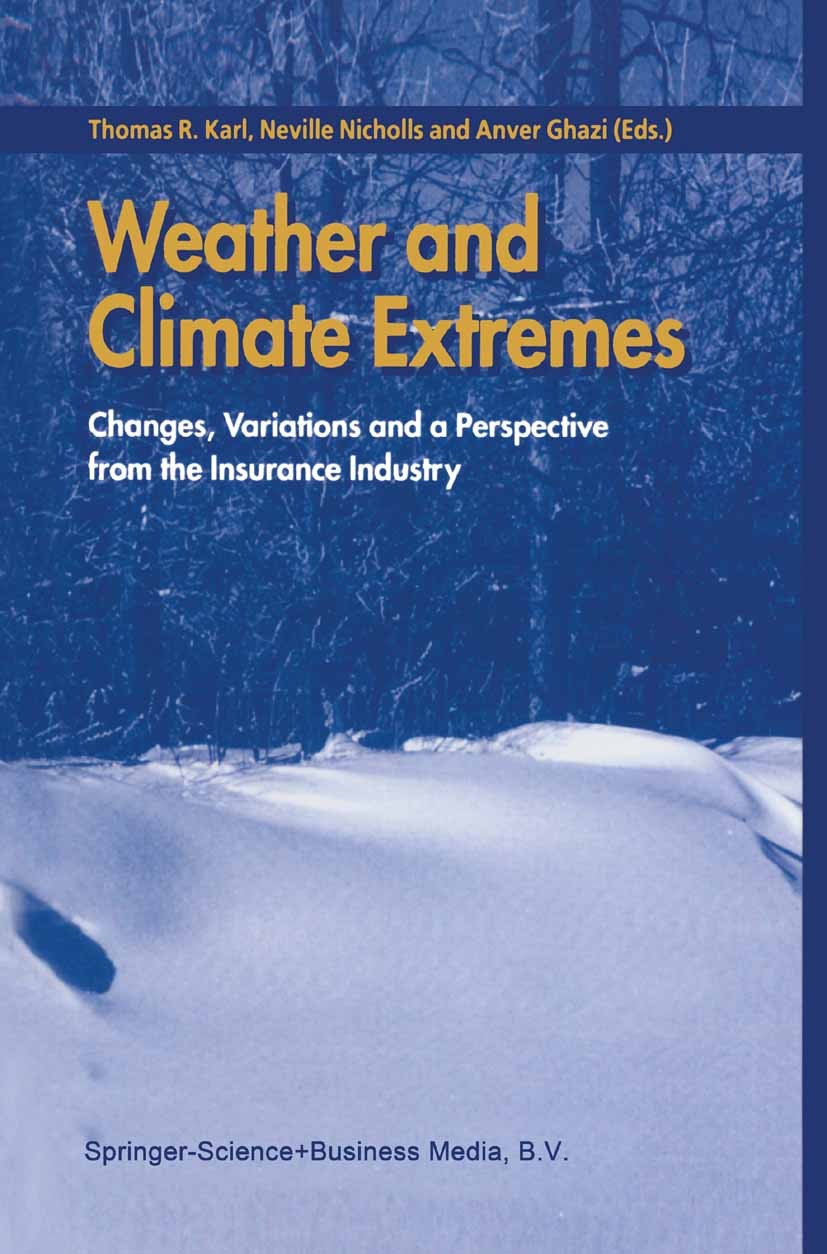2023年南美洲东南部史无前例的夏末热浪:类似事件的归因和未来预测
IF 6.9
1区 地球科学
Q1 METEOROLOGY & ATMOSPHERIC SCIENCES
引用次数: 0
摘要
2023年3月,南美洲东南部(SESA)经历了一次强烈的热浪,其最大强度超过了气候平均值的4个标准差。这次事件发生的时间也很不寻常,因为它发生在夏末。本文采用基于ERA5再分析模拟大气环流的动力调整方法,探讨了2023年3月SESA热浪的影响因素。此外,我们在耦合模式比较项目6 (CMIP6)共享社会经济路径3-7.0气候模拟中使用相同的方法评估了3月份热浪的变化。动力调整表明,环流异常(平均占33%,2.72°C)和热力学效应(58%,4.75°C)对热浪的贡献最大,主要与土壤温度反馈有关。这一结果支持了持续多年的干旱造成的极度干燥的土壤在放大热浪强度方面发挥了作用。在此期间,环流异常的持续也很明显。长期温度趋势的贡献率为9%(0.78°C)。在CMIP6未来的模拟中,3月热浪的次数增加,但类似2023年3月的干热热浪的相对频率减少,这主要是由于预估的土壤湿度增加。温度趋势和环流异常的贡献较大,而与土壤温度反馈相关的热力学效应减弱。这一发现表明,未来3月的热浪是由温度升高和土壤湿度作用减弱所驱动的。然而,未来土壤湿度预测存在不确定性,这表明需要更多地了解该地区热浪的变化。本文章由计算机程序翻译,如有差异,请以英文原文为准。
The Unprecedented Late-Summer 2023 Heatwave in Southeastern South America: Attribution and future projection of similar events
In March 2023, southeastern South America (SESA) experienced a severe heatwave with its maximum intensity exceeding four standard deviations from the climatological mean. The timing of the occurrence was also unusual, as it occurred in the late summer. This study examines the contributing factors to the March 2023 SESA heatwave using a dynamical adjustment approach based on constructed atmospheric circulation analogs from the ERA5 reanalysis. Additionally, we assess changes in March heatwaves in the Coupled Model Intercomparison Project 6 (CMIP6) Shared Socioeconomic Pathways 3-7.0 climate simulations using the same method.
The dynamical adjustment indicates that the largest contributors to the heatwave are circulation anomalies (on average 33%, 2.72) and thermodynamic effect (58%, 4.75), primarily linked to soil-temperature feedback. This result supports that extremely dry soil from the ongoing multi-year drought played a role in amplifying the heatwave intensity. The persistence of the circulation anomalies is also noticeable during the period. The contribution of the long-term temperature trend is 9% (0.78).
In CMIP6 future simulations, the number of March heatwaves increases, but the relative frequency of March-2023-like dry-hot heatwaves decreases, largely due to projected increases in soil moisture. The contributions of the temperature trends and circulation anomalies are larger, while the thermodynamic effects related to soil-temperature feedback are reduced. The finding suggests that future March heatwaves are driven by increases in temperatures with reduced roles of soil moisture. However, uncertainty exists in future soil moisture projections, indicating the need for more understanding of changes in heatwaves in the region.
求助全文
通过发布文献求助,成功后即可免费获取论文全文。
去求助
来源期刊

Weather and Climate Extremes
Earth and Planetary Sciences-Atmospheric Science
CiteScore
11.00
自引率
7.50%
发文量
102
审稿时长
33 weeks
期刊介绍:
Weather and Climate Extremes
Target Audience:
Academics
Decision makers
International development agencies
Non-governmental organizations (NGOs)
Civil society
Focus Areas:
Research in weather and climate extremes
Monitoring and early warning systems
Assessment of vulnerability and impacts
Developing and implementing intervention policies
Effective risk management and adaptation practices
Engagement of local communities in adopting coping strategies
Information and communication strategies tailored to local and regional needs and circumstances
 求助内容:
求助内容: 应助结果提醒方式:
应助结果提醒方式:


